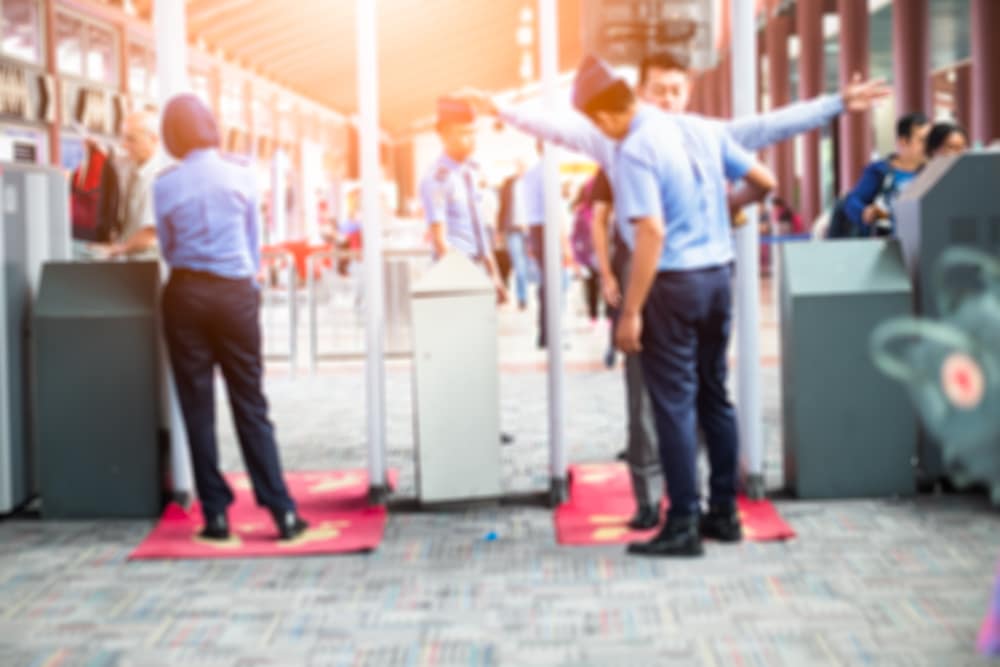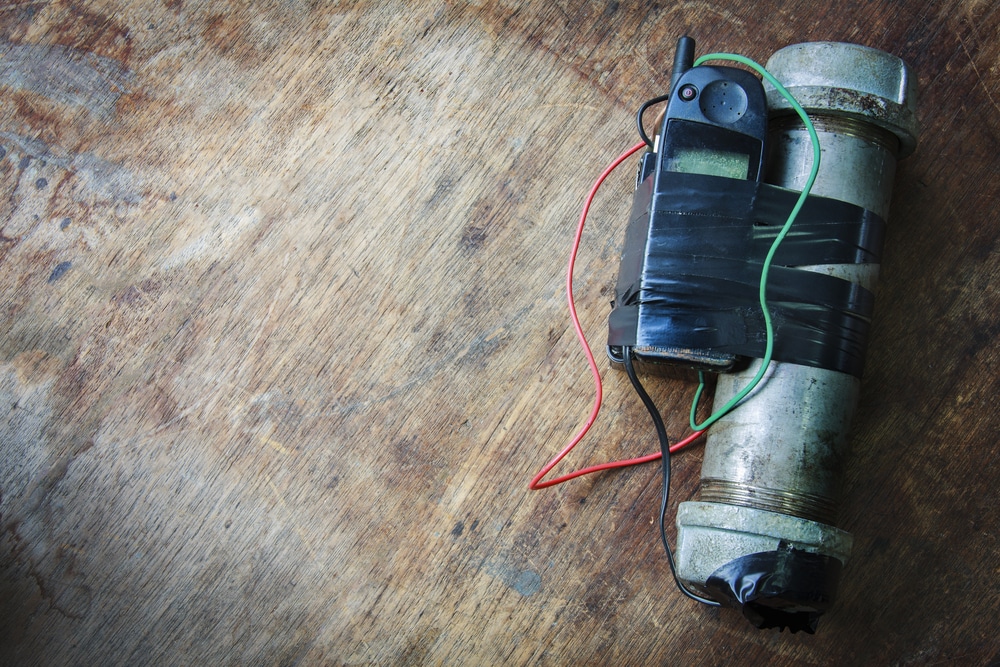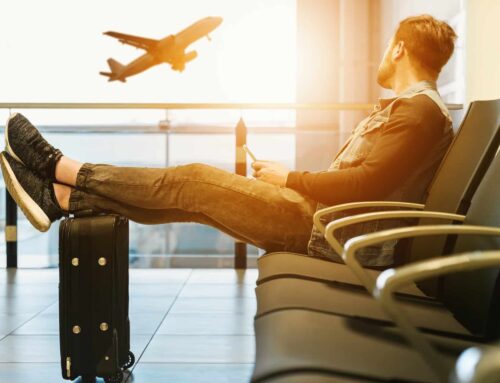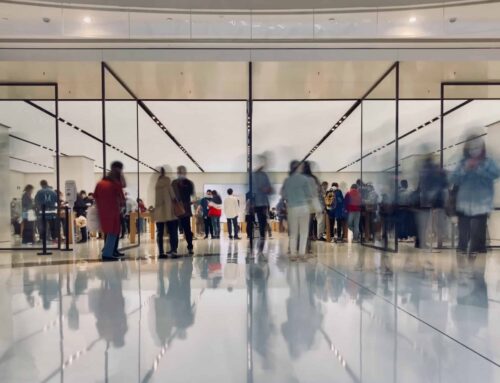When heading to the airport, it is essential to arrive 1 hour before your boarding time for a domestic flight and 2 hours before your boarding time when flying internationally. This is a common rule of thumb that all travels stick by. However, more and more we are noticing flyers arriving much early than required in order to beat the long lines at check-in and security. To remedy this issue, TSA’s new boss is ready to implement new security screening technology in an effort to speed up security lines in airports all throughout the United States.
TSA’s Technology Plans
David Pekoske, the new head of TSA, has been making stops at airports all over the US in order to introduce himself and his new plans to his colleagues at TSA. This past Wednesday, Pekoske made a stop at the fourth largest US airport, the DFW International Airport (Dallas-Fort Worth). During this trip, Pekoske also went to two town halls and numerous security checkpoints that were set up around the area. Pekoske explained that these visits were a high priority in order to gain a full understanding of the functionality of each area as well as their individual security processes. He states,“Every time I visit a checkpoint, I learn a little bit more about what the processes are that we use. It’s really an opportunity for me as the new guy to introduce myself…and talk to them about the priorities I have for the TSA.” Pekoske goes on to explain that one of his top priorities is to support the many TSA agents stationed in airports across the US.
Currently, there are approximately 60,000 TSA employees–1,500 in North Texas alone–who, as Pekoske affirms, are the ‘face of the federal government’ for millions and millions of airport passengers each and every day. Day in and day out, TSA agents make it a top priority to accommodate the needs of all flyers while having a sufficient number of staff members to keep operations running smoothly–this includes the procedures needed in order to keep security lines in check and constantly moving. Additionally, Pekoske wants all TSA officers to take part in further training in order to be up to date on all the latest procedures and rules.
A New Change in TSA Protocol
This past July, a new change in security protocol was implemented in airports across the US, including the DFW International Airport. This new change requires passengers to remove all electronic devices-from their bags and placed on the belt for screening. These personal electronic devices include cell phones, tablets, e-readers, laptops, travel DVD players, etc.
With new changes being made to airport security practices, Pekoske wants to ensure that TSA will have ways to speed up the passenger lines in checkpoints while executing proper security protocols. Due to this, new technologies are being tested at multiple airports with plans to be installed at the DFW Airport this fall. For example, TSA is testing a new system–automated screening lanes–which enables flyers to load their bins and walk through security checkpoints at their own desired pace without having to worry about what the person in front of them is doing. TSA is also conducting ample research on biometric technologies that use fingerprint scanning and facial recognition software to identify and verify passengers. Pekoske explained that some of the airport security equipment is nearly 10 years old and needs updating soon. In order for a safe and smoothly run airport, security systems need to be enhanced and enforced.






